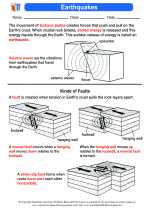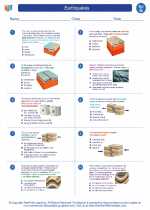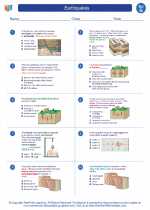Key Concepts to Understand About Phagocytosis
- Cell Types: Phagocytosis is primarily carried out by specialized white blood cells called phagocytes, including neutrophils, macrophages, and dendritic cells.
- Recognition and Engulfment: Phagocytes recognize foreign particles through surface receptors and then engulf them by extending their cell membrane around the target.
- Digestion: Once the foreign particle is engulfed, it is enclosed within a membrane-bound vesicle called a phagosome. The phagosome then fuses with specialized vesicles called lysosomes, which contain digestive enzymes. The foreign particle is broken down and digested within the phagolysosome.
- Immune Response: Phagocytosis plays a crucial role in initiating and regulating the immune response by presenting digested antigens to other immune cells, such as T cells, to activate specific immune reactions.
Study Guide for Phagocytosis
- Define phagocytosis and explain its significance in the immune system.
- Identify the main types of phagocytes and their functions in the body.
- Describe the process of phagocytosis, including the recognition, engulfment, and digestion of foreign particles.
- Explain how phagocytosis contributes to the body's defense against infections and diseases.
- Discuss the role of phagocytosis in the initiation of the immune response and antigen presentation.
- Compare and contrast phagocytosis with other immune defense mechanisms, such as antibody-mediated immunity and cell-mediated immunity.
- Investigate specific examples of diseases or conditions where phagocytosis is impaired or dysregulated, and discuss the potential consequences for the body.
◂Science Worksheets and Study Guides Seventh Grade. Earthquakes
Study Guide Earthquakes
Earthquakes  Activity Lesson
Activity Lesson Earthquakes
Earthquakes  Worksheet/Answer key
Worksheet/Answer key Earthquakes
Earthquakes  Worksheet/Answer key
Worksheet/Answer key Earthquakes
Earthquakes  Worksheet/Answer key
Worksheet/Answer key Earthquakes
Earthquakes  Worksheet/Answer key
Worksheet/Answer key Earthquakes
Earthquakes  Worksheet/Answer key
Worksheet/Answer key Earthquakes
Earthquakes  Vocabulary/Answer key
Vocabulary/Answer key Earthquakes
Earthquakes  Vocabulary/Answer key
Vocabulary/Answer key Earthquakes
Earthquakes  Vocabulary/Answer key
Vocabulary/Answer key Earthquakes
Earthquakes  Vocabulary/Answer key
Vocabulary/Answer key Earthquakes
Earthquakes  Vocabulary/Answer key
Vocabulary/Answer key Earthquakes
Earthquakes  Vocabulary/Answer key
Vocabulary/Answer key Earthquakes
Earthquakes  Vocabulary/Answer key
Vocabulary/Answer key Earthquakes
Earthquakes 

 Activity Lesson
Activity Lesson
 Worksheet/Answer key
Worksheet/Answer key
 Worksheet/Answer key
Worksheet/Answer key
 Worksheet/Answer key
Worksheet/Answer key
 Worksheet/Answer key
Worksheet/Answer key
 Worksheet/Answer key
Worksheet/Answer key
 Vocabulary/Answer key
Vocabulary/Answer key
 Vocabulary/Answer key
Vocabulary/Answer key
 Vocabulary/Answer key
Vocabulary/Answer key
 Vocabulary/Answer key
Vocabulary/Answer key
 Vocabulary/Answer key
Vocabulary/Answer key
 Vocabulary/Answer key
Vocabulary/Answer key
 Vocabulary/Answer key
Vocabulary/Answer key
